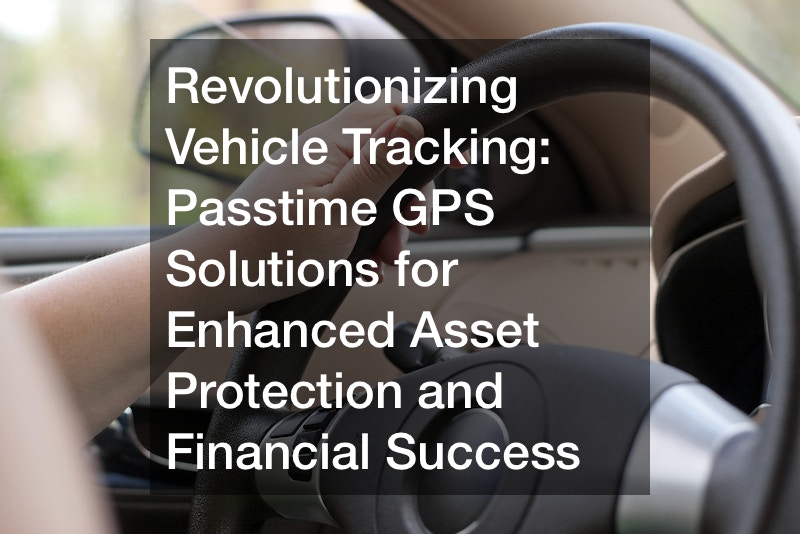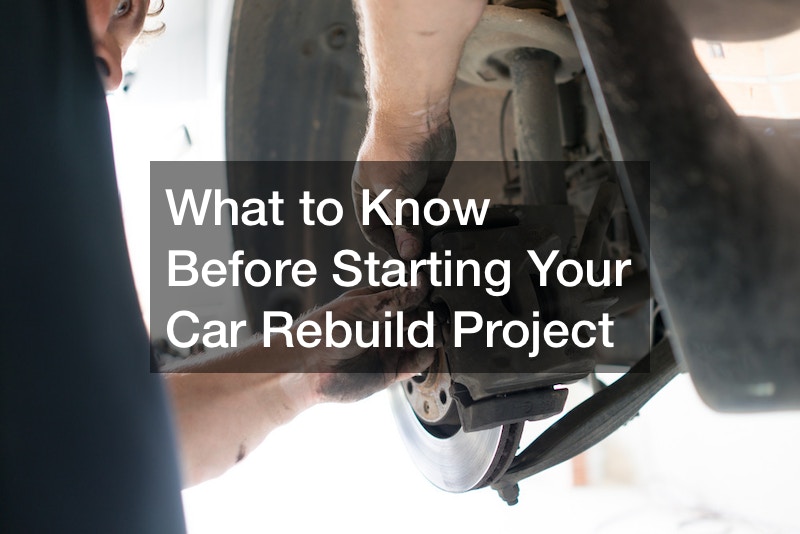A firm brake pedal is essential for safe driving. It allows for precise control over your car’s speed and ensures you can come to a complete stop when needed. If your brake pedal feels spongy or soft when pressed, it’s a warning sign that something is wrong with your braking system. Addressing this issue promptly is crucial, as compromised brakes can significantly increase your stopping distance and put you and others on the road at risk.
Video Source
Several factors can contribute to a spongy brake pedal. Here, we’ll explore the most common causes and potential solutions to get your brakes back in top shape.
Loss of Hydraulic Pressure
Your car’s brakes rely on a hydraulic system. When you press the brake pedal, it forces brake fluid through lines to the calipers or wheel cylinders. These components, in turn, clamp the brake pads or shoes against the rotors or drums, slowing down the wheels. Any loss of hydraulic pressure in this system will lead to a spongy pedal.
- Low Brake Fluid: The most common culprit for pressure loss is a low brake fluid level. Your car’s brake fluid reservoir is a translucent container that allows you to visually check the fluid level. If it’s low, consult your car’s manual to top it up with the correct type of fluid. However, a consistently dropping fluid level could indicate a leak somewhere in the system.
- Air in the Brake Lines: Air pockets trapped within the brake lines can compress easily under pressure, resulting in a spongy pedal. This can occur after certain brake repairs or if there’s a leak that allows air to enter the system.
- Faulty Brake Components: Internal leaks in the master cylinder, calipers, or wheel cylinders can also cause pressure loss. Worn seals or damaged pistons within these components can allow brake fluid to bypass the intended path, leading to a spongy pedal.
Diagnosing the Problem
While a spongy pedal often points to a pressure issue, it’s important to identify the root cause before attempting repairs. Here are some pointers:
- Visual Inspection: Look for signs of leaks around the brake lines, calipers, wheel cylinders, and master cylinder. Dark, damp patches or puddles beneath your car could indicate a leak.
- Brake Pedal Feel: If the pedal firms up slightly after a few pumps, it suggests air in the lines. A consistently spongy pedal throughout the press is more likely indicative of a leak or faulty component.
Fixing the Problem
Unless you’re a mechanically savvy DIYer, it’s recommended to seek professional help for most brake repairs. However, here’s a general overview of potential solutions:
- Bleeding the Brakes: This process involves removing air pockets from the brake lines by forcing fluid through the system. It’s a relatively simple procedure but requires a bleeding kit and proper knowledge of the specific bleeding sequence for your car.
- Topping Up or Replacing Brake Fluid: If the fluid level is low and no leaks are found, topping it up might be sufficient. However, brake fluid absorbs moisture over time, which can reduce its effectiveness. Regularly replacing the brake fluid according to your car’s maintenance schedule is crucial.
- Replacing Faulty Components: Worn seals, damaged pistons, or a faulty master cylinder will require replacing the affected component. This is a job best left to a qualified mechanic.
Safety First
Never ignore a spongy brake pedal. It’s a serious safety issue that can lead to accidents. If you experience this problem, stop driving immediately and have your car towed to a qualified mechanic for repairs. Remember, properly functioning brakes are essential for safe driving. By addressing a spongy pedal promptly, you can ensure your car comes to a stop when you need it to, keeping yourself and others on the road safe.
.




